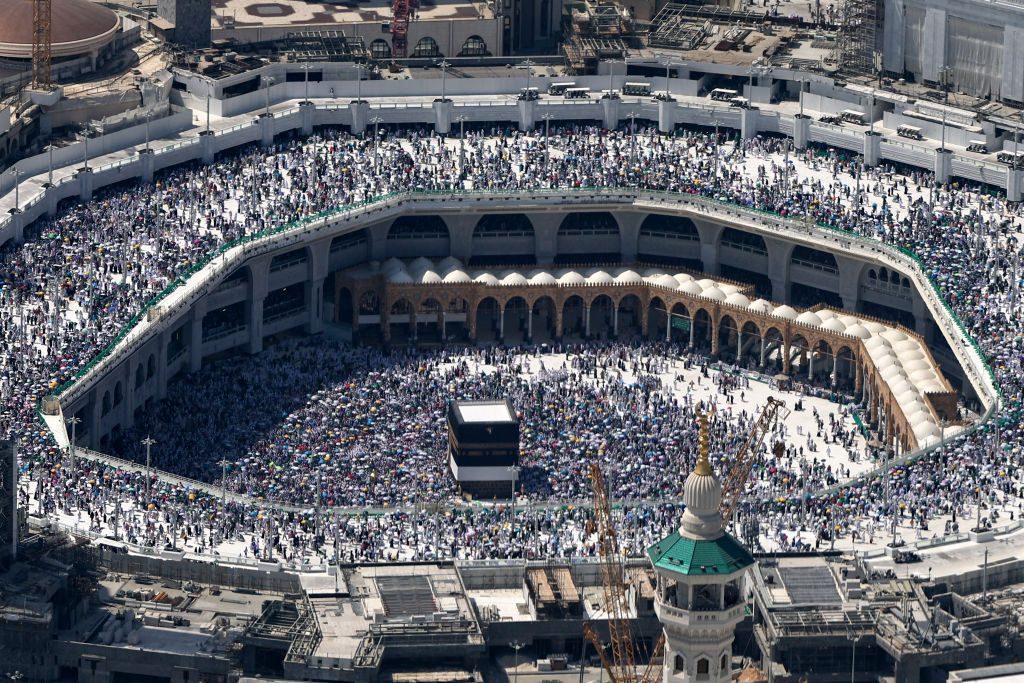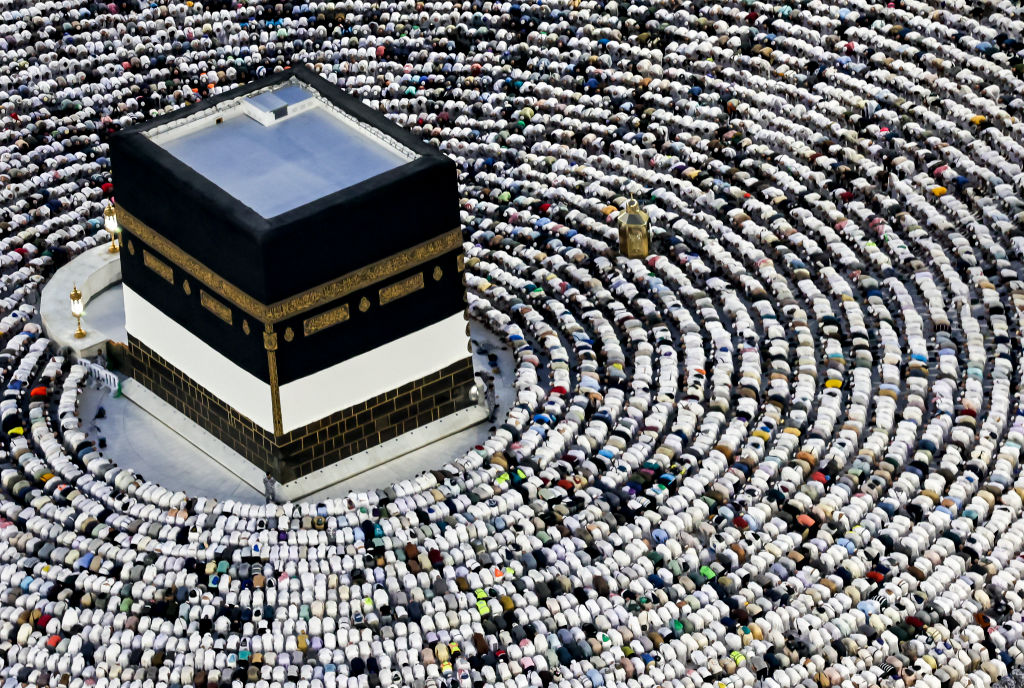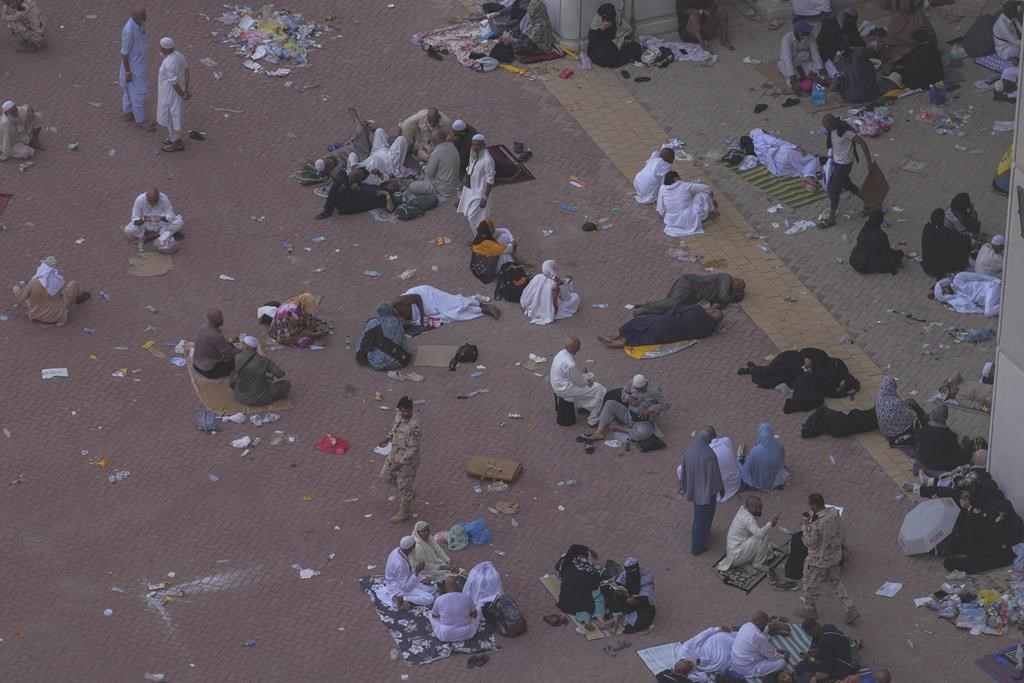An annual rites pilgrimage has turned into a mass death event as an extreme heat wave grips Saudi Arabia, with temperatures soaring to over 50 C in some areas.

Upwards of 550 pilgrims have died, mostly due to heat-related illness, during this year’s five-day Hajj pilgrimage to Mecca, one of Islam’s holiest cities.
Saudi Arabia has not commented on the death toll amid the heat during the pilgrimage, nor offered any official causes of death for the deceased. Hundreds of people had lined up at the Emergency Complex in the Al-Muaisem neighbourhood in Mecca, trying to get information about their missing family members.
Several countries have said some of their pilgrims died because of the heat that swept across the holy sites at Mecca, including Jordan and Tunisia.
The Hajj is one of the five pillars of Islam, and all Muslims with the ability to do so are required to complete it at least once. Even in the best conditions, it often comes with a high death toll.

Get daily National news
Each year, the Hajj draws hundreds of thousands of pilgrims from low-income nations, “many of whom have had little, if any, pre-Hajj health care,” an article in the April edition of the Journal of Infection and Public Health said. Communicable illnesses can spread among the gathered masses, many of whom saved their entire lives for their trips and can be older with pre-existing health conditions, the paper added.
According to the Saudi Hajj authorities, more than 1.83 million Muslims are taking part in this year’s Hajj, including more than 1.6 million pilgrims from 22 countries.
Each year, tens of thousands of pilgrims attempt to perform the Hajj without securing the required official visa in an attempt to save money. This cost-saving measure doesn’t allow them access to the air-conditioned facilities along the Hajj route, making the trek that much more dangerous.
A diplomat, speaking to AFP on Tuesday, said a large number of unregistered Egyptian pilgrims “absolutely” boosted this year’s death toll. It’s estimated that at least 320 Egyptian pilgrims have died on the route.
Climate change could make the risk even greater for future pilgrimages. A 2019 study by experts at the Massachusetts Institute of Technology found that even if the world succeeds in mitigating the worst effects of climate change, the Hajj would be held in temperatures exceeding an “extreme danger threshold” from 2047 to 2052, and from 2079 to 2086.
Islam follows a lunar calendar, so the Hajj falls around 11 days earlier each year. In 2030, the Hajj will occur in April, and over the next several years it will fall in the winter, when weather is cooler.
A 2015 stampede in Mina during the Hajj killed more than 2,400 pilgrims, the deadliest incident to ever strike the pilgrimage, an Associate Press count showed. Saudi Arabia has never acknowledged the full toll of the stampede. A separate crane collapse at Mecca’s Grand Mosque, which preceded the Mina disaster, killed 111 people.
The second-deadliest incident at Hajj was a 1990 stampede that killed 1,426 people.
— with files from The Associated Press











Comments